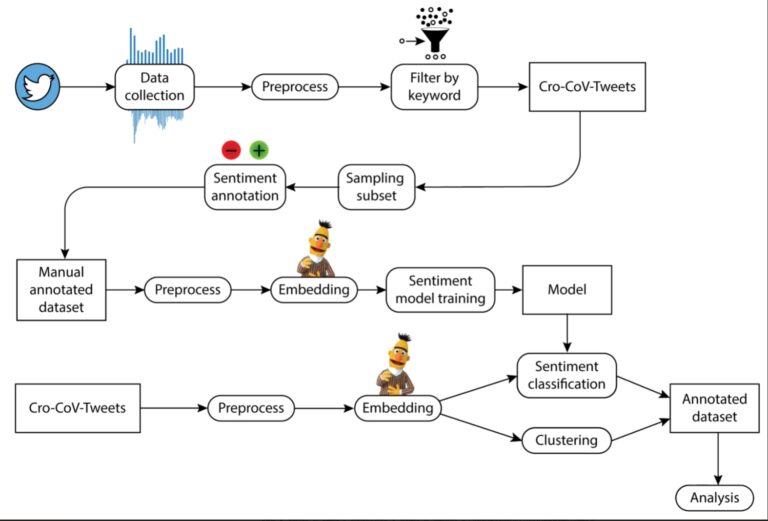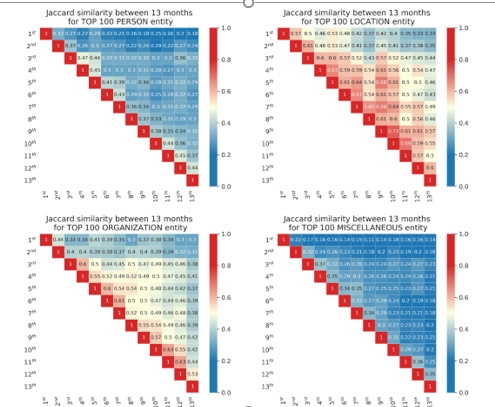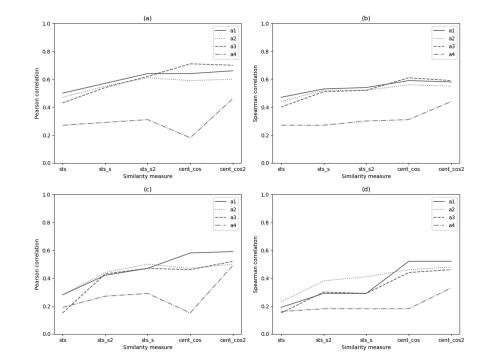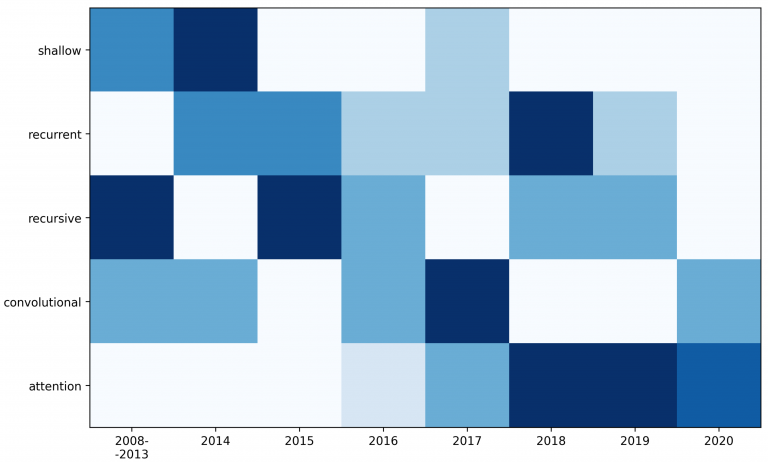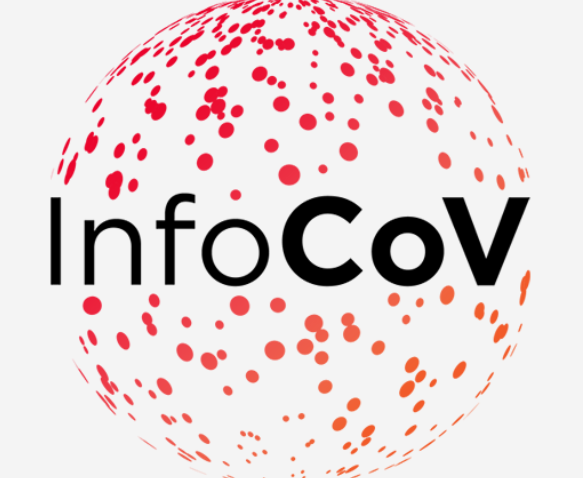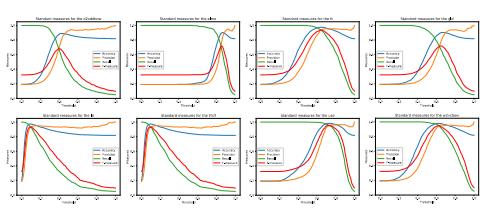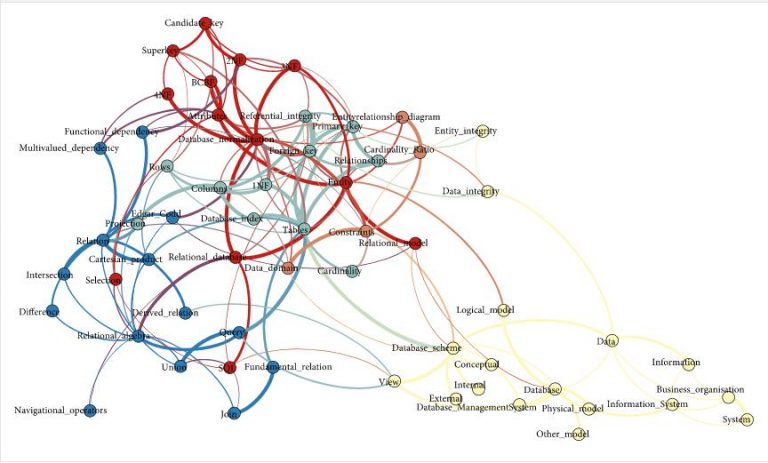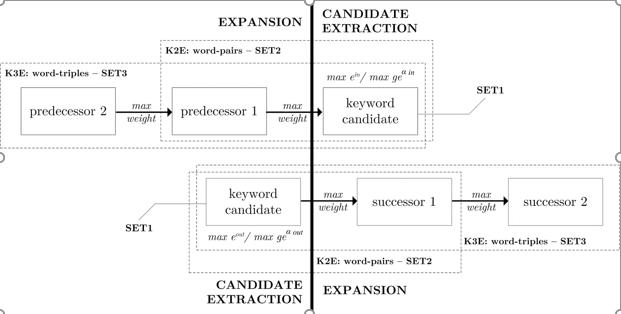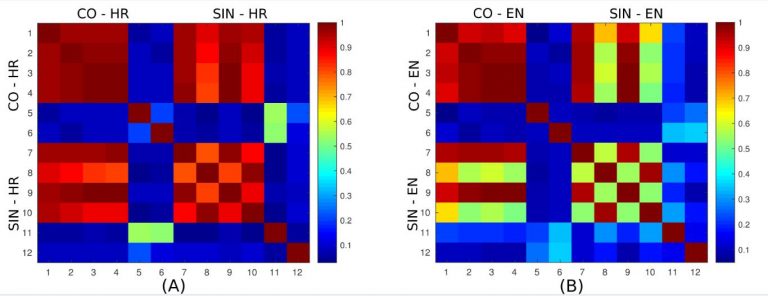This study aims to provide insights into the COVID-19-related communication on Twitter in the Republic of Croatia. For that purpose, we developed an NL-based framework that enables automatic analysis of a large dataset of tweets in the Croatian language. We collected and analysed 206,196 tweets related to COVID-19 and constructed a dataset of 10,000 tweets […]
Laboratory for Complex Networks
Infoveillance of the Croatian Online Media during the COVID-19 Pandemic: a One-Year Longitudinal NLP Study
Background: Online media plays an important role in public health emergencies and serves as a communication platform. Infoveillance of online media during the COVID-19 pandemic is an important step toward a better understanding of crisis communication. Objective: The goal of this study is to perform a longitudinal analysis of the COVID-19 related content based on natural language […]
A Comparison of Approaches for Measuring the Semantic Similarity of Short Texts Based on Word Embeddings
Measuring the semantic similarity of texts has a vital role in various tasks from the field of natural language processing. In this paper, we describe a set of experiments we carried out to evaluate and compare the performance of different approaches for measuring the semantic similarity of short texts. We perform a comparison of four […]
Survey of Neural Text Representation Models
In natural language processing, text needs to be transformed into a machine-readable representation before any processing. The quality of further natural language processing tasks greatly depends on the quality of those representations. In this survey, we systematize and analyze 50 neural models from the last decade. The models described are grouped by the architecture of […]
Multilayer Framework for the Information Spreading Characterization in Social Media during the COVID-19 Crisis (InfoCoV)
Communication through social media has been gaining importance in responses to major crises, such as COVID-19. In emergency situations, there is an urgent need to rely on trustworthy information. On the other side, we are all witnessing a huge amount of misinformation (fake news, conspiracy theories) also spreading on social media, especially during a crisis. […]
Corpus-Based Paraphrase Detection Experiments and Review
Paraphrase detection is important for a number of applications, including plagiarism detection, authorship attribution, question answering, text summarization, text mining in general, etc. In this paper, we give a performance overview of various types of corpus-based models, especially deep learning (DL) models, with the task of paraphrase detection. We report the results of eight models […]
Structural Analysis of Factual, Conceptual, Procedural, and Metacognitive Knowledge in a Multidimensional Knowledge Network
Discovering the most suitable network structure of the learning domain represents one of the main challenges of knowledge delivery and acquisition. We propose a multidimensional knowledge network (MKN) consisting of three components: multilayer network and its two projections. Each network layer constitutes factual, conceptual, procedural, or metacognitive knowledge within the domain of databases as a […]
Multi3Generation: Multi-task, Multilingual, Multi-modal Language Generation
Language generation (LG) is a crucial technology if machines are to communicate with humans seamlessly using human natural language. A great number of different tasks within Natural Language Processing (NLP) are language generation tasks, and being able to effectively perform these tasks implies (1) that machines are equipped with world knowledge that can require multi-modal […]
Selectivity-Based Keyword Extraction Method
In this work the authors propose a novel Selectivity-Based Keyword Extraction (SBKE) method, which extracts keywords from the source text represented as a network. The node selectivity value is calculated from a weighted network as the average weight distributed on the links of a single node and is used in the procedure of keyword candidate […]
Multilayer Network of Language: a Unified Framework for Structural Analysis of Linguistic Subsystems
Recently, the focus of complex networks’ research has shifted from the analysis of isolated properties of a system toward a more realistic modeling of multiple phenomena — multilayer networks. Motivated by the prosperity of multilayer approach in social, transport or trade systems, we introduce the multilayer networks for language. The multilayer network of language is […]
